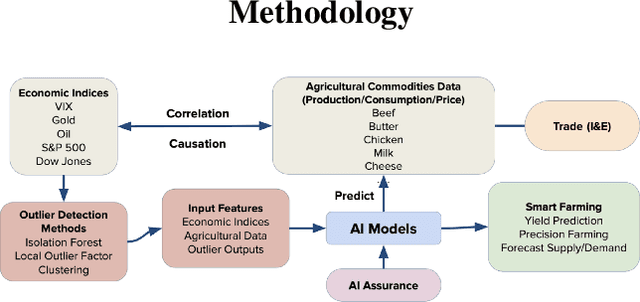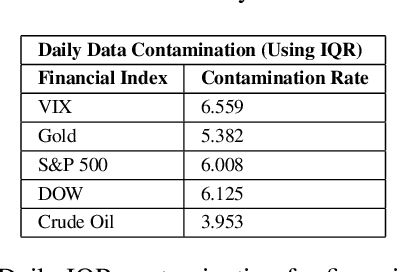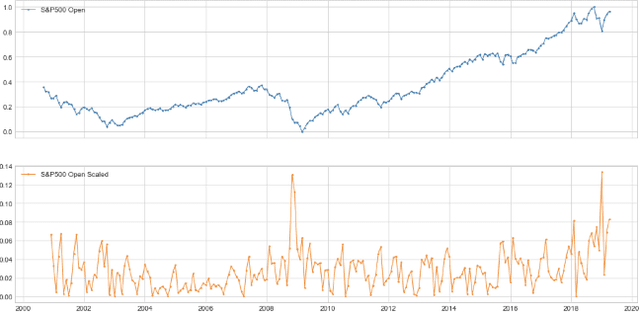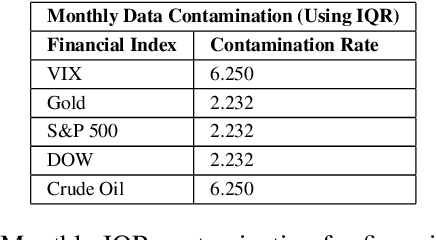Sai Gurrapu
ExClaim: Explainable Neural Claim Verification Using Rationalization
Jan 21, 2023Abstract:With the advent of deep learning, text generation language models have improved dramatically, with text at a similar level as human-written text. This can lead to rampant misinformation because content can now be created cheaply and distributed quickly. Automated claim verification methods exist to validate claims, but they lack foundational data and often use mainstream news as evidence sources that are strongly biased towards a specific agenda. Current claim verification methods use deep neural network models and complex algorithms for a high classification accuracy but it is at the expense of model explainability. The models are black-boxes and their decision-making process and the steps it took to arrive at a final prediction are obfuscated from the user. We introduce a novel claim verification approach, namely: ExClaim, that attempts to provide an explainable claim verification system with foundational evidence. Inspired by the legal system, ExClaim leverages rationalization to provide a verdict for the claim and justifies the verdict through a natural language explanation (rationale) to describe the model's decision-making process. ExClaim treats the verdict classification task as a question-answer problem and achieves a performance of 0.93 F1 score. It provides subtasks explanations to also justify the intermediate outcomes. Statistical and Explainable AI (XAI) evaluations are conducted to ensure valid and trustworthy outcomes. Ensuring claim verification systems are assured, rational, and explainable is an essential step toward improving Human-AI trust and the accessibility of black-box systems.
Rationalization for Explainable NLP: A Survey
Jan 21, 2023



Abstract:Recent advances in deep learning have improved the performance of many Natural Language Processing (NLP) tasks such as translation, question-answering, and text classification. However, this improvement comes at the expense of model explainability. Black-box models make it difficult to understand the internals of a system and the process it takes to arrive at an output. Numerical (LIME, Shapley) and visualization (saliency heatmap) explainability techniques are helpful; however, they are insufficient because they require specialized knowledge. These factors led rationalization to emerge as a more accessible explainable technique in NLP. Rationalization justifies a model's output by providing a natural language explanation (rationale). Recent improvements in natural language generation have made rationalization an attractive technique because it is intuitive, human-comprehensible, and accessible to non-technical users. Since rationalization is a relatively new field, it is disorganized. As the first survey, rationalization literature in NLP from 2007-2022 is analyzed. This survey presents available methods, explainable evaluations, code, and datasets used across various NLP tasks that use rationalization. Further, a new subfield in Explainable AI (XAI), namely, Rational AI (RAI), is introduced to advance the current state of rationalization. A discussion on observed insights, challenges, and future directions is provided to point to promising research opportunities.
DeepAg: Deep Learning Approach for Measuring the Effects of Outlier Events on Agricultural Production and Policy
Nov 06, 2021



Abstract:Quantitative metrics that measure the global economy's equilibrium have strong and interdependent relationships with the agricultural supply chain and international trade flows. Sudden shocks in these processes caused by outlier events such as trade wars, pandemics, or weather can have complex effects on the global economy. In this paper, we propose a novel framework, namely: DeepAg, that employs econometrics and measures the effects of outlier events detection using Deep Learning (DL) to determine relationships between commonplace financial indices (such as the DowJones), and the production values of agricultural commodities (such as Cheese and Milk). We employed a DL technique called Long Short-Term Memory (LSTM) networks successfully to predict commodity production with high accuracy and also present five popular models (regression and boosting) as baselines to measure the effects of outlier events. The results indicate that DeepAg with outliers' considerations (using Isolation Forests) outperforms baseline models, as well as the same model without outliers detection. Outlier events make a considerable impact when predicting commodity production with respect to financial indices. Moreover, we present the implications of DeepAg on public policy, provide insights for policymakers and farmers, and for operational decisions in the agricultural ecosystem. Data are collected, models developed, and the results are recorded and presented.
Generative Multi-Stream Architecture For American Sign Language Recognition
Mar 09, 2020



Abstract:With advancements in deep model architectures, tasks in computer vision can reach optimal convergence provided proper data preprocessing and model parameter initialization. However, training on datasets with low feature-richness for complex applications limit and detriment optimal convergence below human performance. In past works, researchers have provided external sources of complementary data at the cost of supplementary hardware, which are fed in streams to counteract this limitation and boost performance. We propose a generative multi-stream architecture, eliminating the need for additional hardware with the intent to improve feature richness without risking impracticability. We also introduce the compact spatio-temporal residual block to the standard 3-dimensional convolutional model, C3D. Our rC3D model performs comparatively to the top C3D residual variant architecture, the pseudo-3D model, on the FASL-RGB dataset. Our methods have achieved 95.62% validation accuracy with a variance of 1.42% from training, outperforming past models by 0.45% in validation accuracy and 5.53% in variance.
 Add to Chrome
Add to Chrome Add to Firefox
Add to Firefox Add to Edge
Add to Edge